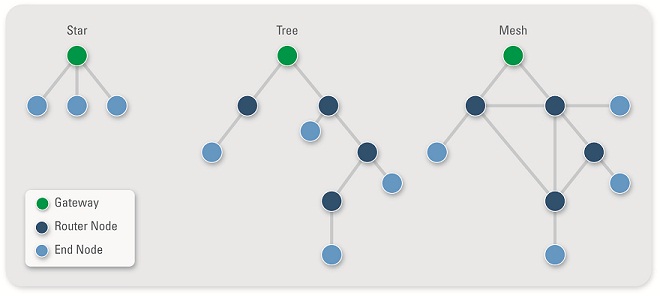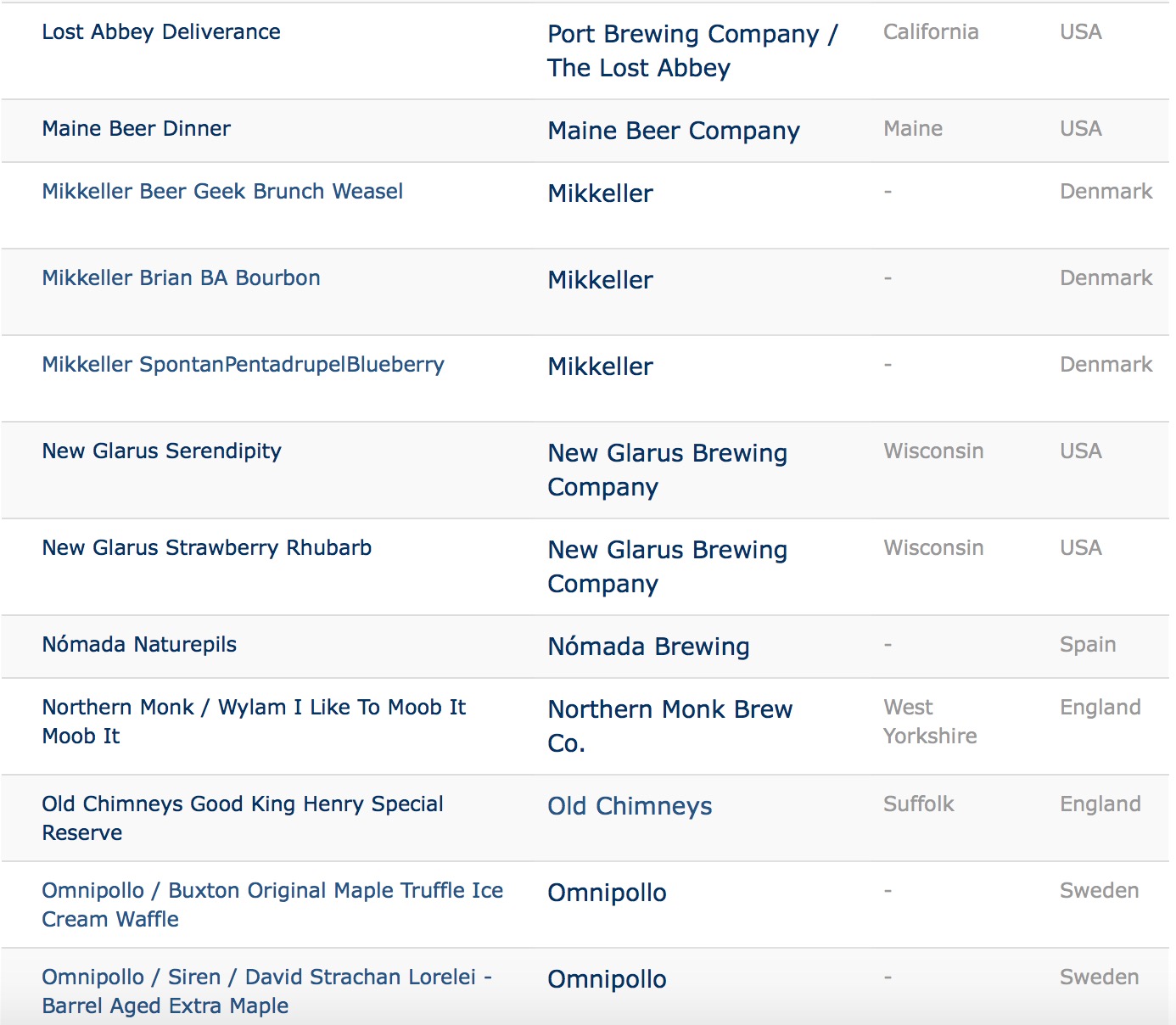Top 10 Factors That Rate Women's Attractiveness: A Comprehensive Analysis
Attractiveness is a complex and multifaceted trait that varies widely from one individual to another. In a world where beauty standards are constantly evolv……
Attractiveness is a complex and multifaceted trait that varies widely from one individual to another. In a world where beauty standards are constantly evolving, understanding what factors contribute to women's perceived attractiveness can be both fascinating and enlightening. In this detailed analysis, we will explore the top 10 factors that rate women's attractiveness, providing insights into the psychology behind these perceptions.
1. **Facial Symmetry and Proportionality**: One of the most well-known factors influencing attractiveness is facial symmetry and proportionality. Studies have shown that faces with more symmetrical features and balanced proportions are generally perceived as more attractive. This is thought to be linked to the idea that symmetry can indicate genetic health and youthfulness.
2. **Eye Color and Shape**: Eye color and shape can significantly impact attractiveness. Dark, expressive eyes, and almond-shaped eyes are often considered more attractive. Eye color, particularly blue and green, is frequently associated with intelligence and emotional depth, contributing to their appeal.
3. **Skin Tone and Complexion**: Skin tone and complexion play a crucial role in determining attractiveness. Clear, smooth skin with a healthy glow is generally more attractive than skin with blemishes, hyperpigmentation, or other imperfections. This preference may stem from an evolutionary perspective, where healthy skin can indicate good health and genetic quality.

4. **Body Shape and Proportions**: The body shape and proportions of women are also significant factors in attractiveness. Curvy figures with balanced hips and bust are often considered more attractive. This preference may be linked to the perception of fertility and reproductive capability.
5. **Hair Length and Color**: Hair length and color can greatly influence attractiveness. Long, flowing hair and natural hair color are often favored over short haircuts and unnatural hair colors. These preferences may be influenced by cultural norms and societal expectations.
6. **Clothing and Style**: The way a woman dresses and presents herself can significantly impact her perceived attractiveness. Clothing that fits well and flatters her body shape, paired with a stylish and trendy sense of fashion, can make her stand out and be more attractive.

7. **Confidence and Poise**: Confidence and poise are critical factors in attractiveness. Women who exude confidence and carry themselves with grace are often perceived as more attractive. This is likely due to the positive associations with competence, self-assurance, and emotional stability.
8. **Personality Traits**: Beyond physical appearance, personality traits also play a significant role in attractiveness. Traits such as kindness, intelligence, and sense of humor are often highly valued and can make a woman more attractive.
9. **Age and Youthfulness**: Age and youthfulness are significant factors in attractiveness. Younger women are generally considered more attractive due to their vitality and energy. However, attractiveness can also increase with age, especially when a woman exhibits maturity, wisdom, and grace.

10. **Cultural and Societal Norms**: Finally, cultural and societal norms significantly influence what is considered attractive. Different cultures have varying beauty standards, and these standards can vary significantly over time. Understanding these norms is crucial in appreciating the diversity and complexity of attractiveness.
In conclusion, the factors that rate women's attractiveness are multifaceted and influenced by a combination of genetic, cultural, and psychological factors. While physical appearance plays a significant role, personality traits, confidence, and cultural norms also contribute to the perception of attractiveness. By understanding these factors, we can gain a deeper appreciation for the complexities of beauty and attractiveness.